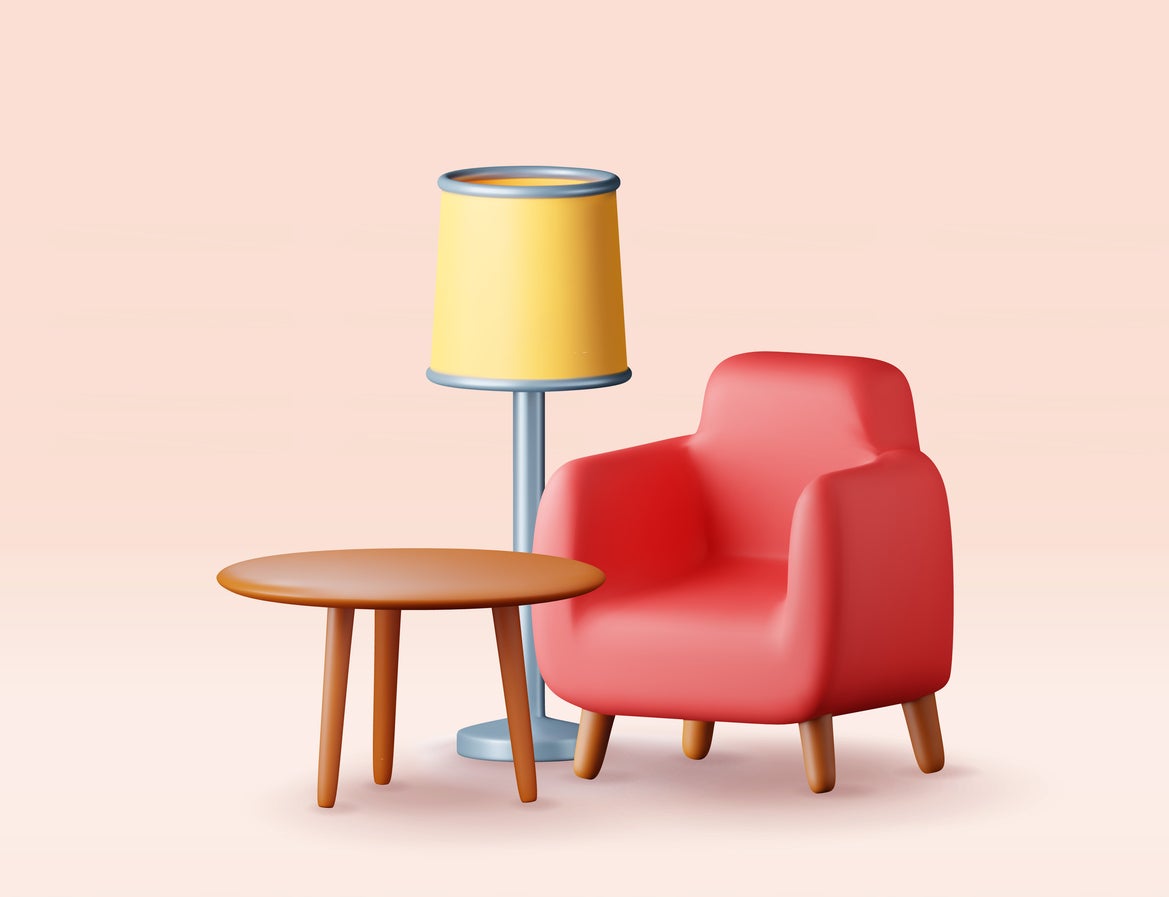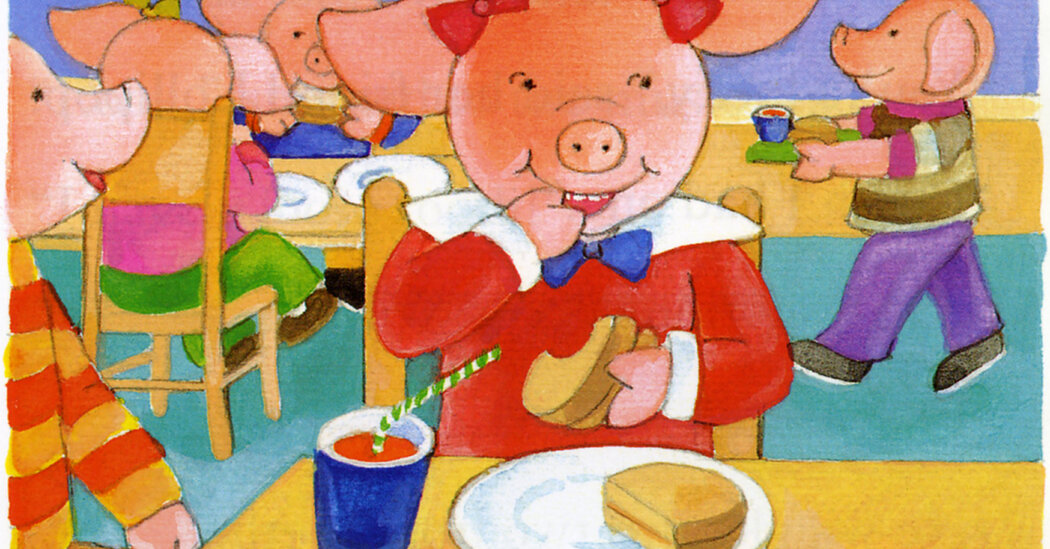
How cheap homeware goods became the new fast fashion
A certain hypocrisy is haunting my shopping habits. Over the past few years, I’ve just about managed to slow down the way that I buy clothes – avoiding trends that I know will only fester in my wardrobe, trying to invest in nicer basics rather than cheapo items destined to fall apart in the wash, weaning myself off of impulse purchases. But at the same time, my enthusiasm for bargain homewares has bloomed. I’ve never met a wiggly-edged photo frame I didn’t like. A slightly abstract vase with no discernible function other than sitting artily on my bookshelf? Consider me sold. Pastel candle sticks to fill with tapered candles that I will never actually light? Sign me up – especially if they cost less than a coffee.
It’s now easier than ever to snap up interiors bits and pieces that are both on-trend and affordable. Following in the footsteps of trendsetters such as Zara and H&M, which launched their respective Home spin-off brands back in the Noughties, almost every other high street store now seems to have branched out into selling homewares. The same goes for supermarkets, too, meaning you can grab a handful of new trinkets to brighten up the house while you’re doing the weekly shop. Platforms such as Temu and Shein offer a dizzying array of home products at absurdly low prices, from kitsch fairy lights to knotted cushions to ladder shelves; the selection renews at hyper-speed, with new trends seeming to land minutes after you’ve spotted them on social media. Later this year, Ikea is set to open its long-awaited central London store in the Oxford Circus premises once occupied by Topshop.
The homeware sector appears to be in rude health: according to data analysis platform Global Data, the UK market was worth £14.3bn in 2023. Lockdown almost certainly played a part in getting us hooked. Suddenly, we were spending all our time indoors. It made so much more sense to treat ourselves to fun trinkets and furnishings to brighten up our own four walls (or, at very least, our Zoom background), rather than investing in clothes that didn’t fit in with our newly secluded lifestyles.
But for many of us, interiors are a blind spot when it comes to shopping sustainably. We might express horror (or at least, feel a pang of shame) at buying jeans and t-shirts at rock bottom prices, only to coo over cut-price cushion covers and cocktail glasses. Last year, a survey from the British Heart Foundation found that four in 10 of us don’t think about the environmental impact of our purchases when we’re shopping for homeware.
But that impact is considerable. Research from the pottery brand Denby has estimated that around 70 million homeware items are thrown out in the UK every year, with £2.2bn worth of products being thrown in landfill. And a 2019 report from sustainability charity WRAP found that homewares accounted for 42 per cent of the 900,000 tonnes of textile products destined for landfill each year. It’s a strange irony that at the very same time many of us are reassessing our relationship to fast fashion, we’re embracing fast homeware with open arms. “There’s a need for much more accessible conversations around sustainability in homewares and interiors,” says Bex Fisher, interior designer at Homeshaped. “It can often be a bit highbrow and dry, and that just isn’t going to reach the fast homeware consumers. There are shocking facts about landfill, these are the things that need talking about.”
Fast homeware borrows plenty of tactics from its fashion equivalent’s playbook. For decades, fashion has operated on a trend cycle that renews every season, encouraging us to refresh our wardrobes accordingly. The interiors world typically moved at a slower pace, but now it’s also offering seasonal collections based on social media-friendly microtrends.
There’s a need for much more accessible conversations around sustainability in homewares and interior
Bex Fisher, interior designer
Cast your mind back over the past 10 years or so, and you might remember buying into a few of those very trends. Did you go through a phase of festooning every available surface with rose gold pineapples in 2016? Did you buy a candle shaped like a headless woman or a “cheeky” plant pot shaped like a bum at some point during lockdown? Have you experienced a brief fixation with scalloped edges during the past two years? If you answered “yes” to any of the above, then congratulations, you’re a fast homeware cliché.
Social media has certainly played an outsized part in pushing these trends. Decorating our homes has always been a way to express ourselves, but the likes of Instagram and TikTok have become platforms for showing off our personal taste, and taking inspiration from other people’s. Interior designer Fisher cites the example of one particular trending piece that’s been doing the rounds online recently. “Without social media, we might have seen that cherry-shaped bath mat, admired its cuteness and moved on,” she says. “Because who needs another bath mat?” But instead, “targeted ads and relentless urgency tactics” ensure that “impulsive consumption is easier than ever”, making us feel as if we simply must deck out our bathroom floor with a fuzzy rendering of a piece of fruit, “only for it to be binned when the next fruit-based trend appears”.
Another practice that’s crossed over from fashion to interiors? The clamour for “dupes”. Just as fast fashion retailers have a habit of churning out their own, ahem, tributes to more expensive designer styles, fast homeware brands have started selling items that are eerily similar to pricier, aspirational pieces. Fallen in love with the curved, light-up Ultrafragola mirrors by Italian designer Ettore Sottsass, which tend to retail at several thousand pounds and appear in every other influencer’s mirror selfies? You’re in luck: the internet is now flooded with cheap copycats allowing you to bring a slice of Seventies kitsch into your home for a fraction of the price. “It’s a battle between provenance and affordability,” Fisher says, noting that she’s seen “great UK brands, locally sourced, with earth and people-friendly values and practices” having to shut down over the past year or so, “because they can’t compete” with the mega-retailers. “It’s sad.”
But despite the murky ethics, the promise of a high-end look on a low budget can be an alluring one for shoppers. No wonder, then, there are plenty of influencers whose entire online raison d’etre is to hunt down the best interior dupes. But while the originals were usually made to last, with a cost to reflect their craftsmanship, the lookalikes will have a quality that also echoes their price tag. “If you see a design dupe available at a really low price, compromises would have been made throughout the manufacturing process to bring that product to market in record time and hit a price point to help it fly off the shelves,” says Megan Holloway, founder and creative director of sustainable furniture and upholstery brand Maro Home.
Those compromises, Holloway adds, often involve opting for “composite, chemical-based materials” that are either difficult or impossible to recycle once you’ve finished with them. Armchairs and sofas are often filled with polyurethane foam, which is derived from petroleum; not only is it made from non-renewable resources, but the recycling process is also tricky and energy-intensive. Flatpack furniture made from chipboard presents problems, too: cheap wood composites such as MDF contain resins and glues that might release toxic substances during recycling.

If you see a design dupe available at a really low price, compromises would have been made throughout the manufacturing process to bring that product to market
Megan Holloway, founder of Maro Home
Despite all this, homeware seems to have somehow escaped the scrutiny that fashion has faced. Exposés about poor working practices and discussions about landfill tend to focus on the contents of our wardrobes rather than our homes. Perhaps that’s because fashion is a shoutier, flashier sector that tends to generate more attention. Perhaps it’s because the interiors industry hasn’t been associated with an inciting incident such as the horrifying Rana Plaza disaster of 2013, when a building containing five garment factories collapsed in Bangladesh, killing 1,134 people, many of them workers making clothes for high street brands.
Or perhaps we simply don’t want to confront it, because fast homewares are simply too convenient; it’s very easy to justify them as a necessary evil. It’s no coincidence that fast homeware has become more appealing as the housing crisis has become increasingly hellish.
According to flat sharing site Spareroom, a quarter of Gen Z and millennials (aged from 20 to 39) have moved house 10 or more times since leaving their family home. When your abode is very much just for now rather than forever, and your living situation is largely at the whim of a faceless landlord, why would you bother investing in quality furniture? After all, it might not fit into the next tiny box of a room that you rent, and it’d be a headache to transport across the city. “People cycle through furniture when they’re in a sort of semi-transient state and moving regularly,” says Arthur Ellis Hancock, CEO of furniture rental service Poppy. “They don’t have the connection to the pieces they’re buying because they’re there to serve a purpose for a short space of time.”

Generation Rent still wants their space to feel like home, hence the love for quick, cheap fixes
Private renters aren’t exactly known for having vast swathes of disposable income either. Research from the rental referencing company Canopy has estimated that the average UK tenant spends about 36 per cent of their take-home salary on rent. Throw in bills and food, and you’re not left with much to spend on, say, a restored mid-century sideboard – but you might have a few quid left over to allocate to impulse buying a fun cushion or jazzy plant pot. Generation Rent still wants their space to feel like home, hence the love for quick, cheap fixes. After all, they can’t typically choose the colours of their walls, the fabric of their curtains or the tiles in their bathroom. But they can raid the supermarket aisles for a sofa throw covered in Matisse-y blobs (one cheap enough that you won’t break down when your flatmate spills their dinner all over it).
So how can we wean ourselves off the dopamine hit of cheap, colourful but ultimately disposable interiors pieces? Renting better quality pieces that fit the place you’re living in right now, without having to commit long term or pay up front, could be one potential alternative. “By doing that, we can save the strain on landfill, because you’re stopping people from going out and buying cheap furniture that they don’t care about,” Ellis Hancock says. On his platform, Poppy, you’re able to buy items at the end of the renting period if you end up really loving them. Fashion rental app By Rotation has now branched out into homeware, too.
Some of the major players in homeware have started to launch sustainability initiatives too. Ikea offers a buy-back option, allowing shoppers to swap their old, say, Billy bookcases for store credit, while Dunelm has a textile recycling scheme. But us shoppers also need to shift the way we think about our homes, too, and recognise that newer isn’t always better.
Getting to know your interior likes and dislikes and cultivating “a sense of your own home style” can make you less vulnerable to impulse buys that’ll only end up in the bin, Fisher advises. Home, she adds, “is a feeling”, and one that “can’t be bought with fast homeware trends”. Not even with my beloved wiggly frames.









